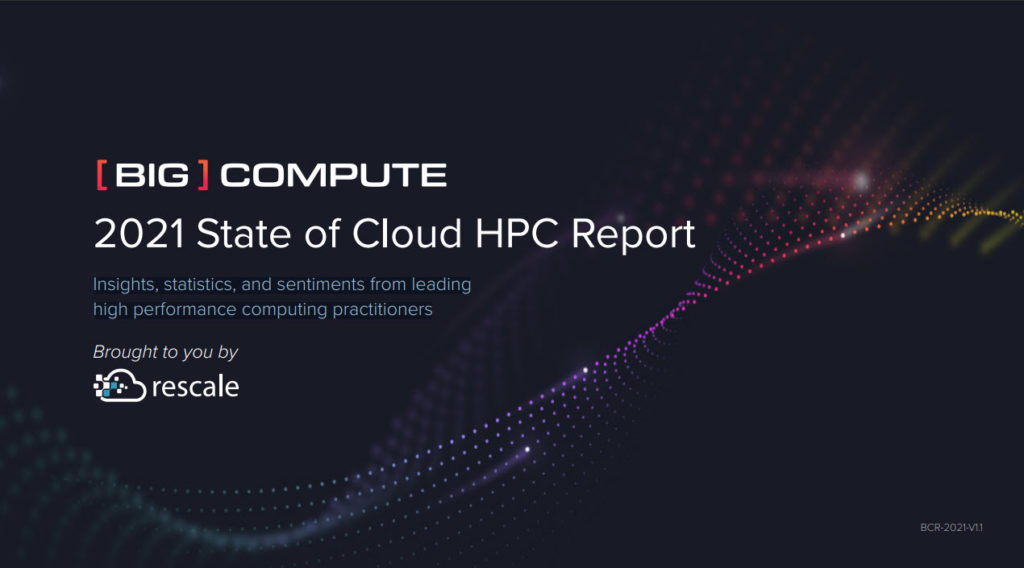 The University Corporation for Atmospheric Research (UCAR) was created in the late 1950s by faculty from 14 leading universities to support and nourish the atmospheric sciences. These visionaries recognized the need for community observational and computational facilities and a world-class research staff, which together would allow the community to carry out complex, long-term scientific programs beyond the reach of individual universities. In partnership with the National Science Foundation (NSF), they established the National Center for Atmospheric Research (NCAR). Since its inception UCAR has managed NCAR, on behalf of NSF, to address pressing scientific and societal needs involving the atmosphere and its interactions with the oceans, land, and Sun—what is now called Earth system science. UCAR now comprises 73 member universities, 21 affiliates and 48 international affiliates.
The University Corporation for Atmospheric Research (UCAR) was created in the late 1950s by faculty from 14 leading universities to support and nourish the atmospheric sciences. These visionaries recognized the need for community observational and computational facilities and a world-class research staff, which together would allow the community to carry out complex, long-term scientific programs beyond the reach of individual universities. In partnership with the National Science Foundation (NSF), they established the National Center for Atmospheric Research (NCAR). Since its inception UCAR has managed NCAR, on behalf of NSF, to address pressing scientific and societal needs involving the atmosphere and its interactions with the oceans, land, and Sun—what is now called Earth system science. UCAR now comprises 73 member universities, 21 affiliates and 48 international affiliates.
The Community Climate System Model (CCSM)
UCAR developed and maintains the Community Climate System Model (CCSM), a global climate model developed with funding from the National Science Foundation, Department of Energy (DOE), and NASA. The CCSM provides physical/dynamical/biogeochemical model components of the climate system. Specifically, the components include an atmospheric model (Community Atmosphere Model), a land-surface model (Community Land Model), an ocean model (Parallel Ocean Program), and a sea ice model (Community Sea Ice Model). The CCSM model is available online to anyone in the world. There are various versions of the Climate Model that run on major systems like Cray, IBM, Linux, NEC, Unix but the model developed to run on supercomputer systems.
Dr. Warren Washington, UCAR Senior Scientist, indicates that Community Climate System Model (CCSM) includes a variety of working groups and many university and DOE Laboratory scientists work on the model. There is large CCSM conference each year where as many as 350 people attend from universities, national labs, and government groups. The working groups also meet as needed each year.
“Clearly we have made great progress on climate modeling in the last four decades. This is the time scale that I became involved…starting in 1964. In the early days, the models were quite simple and did not include the complex set of processes that are in present day models. I believe the models are producing simulations that include most of the major features of the climate system such change of seasons, monsoons, jet stream structures, major regional temperature and precipitation patterns and storm systems in both the tropics and higher latitudes. They also the important El Nino and La Nina patterns. This was not the case in the earlier versions of the models…substantial progress has been made in the science of climate modeling” states Washington.
One of the main things leading to progress in climate modeling studies is that researchers have observations of essentially all of the climate features of Earth’s climate from both in situ and satellite measurements which modelers use to validate . Washington indicates “The world governments are actually putting more money into observations than into modeling but overall the funding of climate research rising including supercomputers systems to do the climate simulations. Bottom line, climate research progress is being made on many fronts and supercomputers have allowed many breakthroughs.”
UCAR/NCAR uses computers that are funded by the National Science Foundation and the Department of Energy. Researchers use more than 50 million hours of computer time a year for simulations related to model development and simulations needed for IPCC assessments. Computers used in climate modeling research have 10,000 to 100,000 processors…and researchers expect to run on computers that will have 1 million processors. Most of the available research supercomputers are multiple purpose scientific computers that are used for other important government supported research. Climate modeling research typically uses about 25% of the time available on a particular system.
In his article American Philosophical Society article, “Computer Modeling the 20th and 21st Century Climate”, Washington indicates that more accurate climate modeling is being restricted by the speed and capability of available supercomputers. According to Washington, “There is no alternative to using High Performance Computers (HPC) systems to solve the mathematical equations governing climate. They are essential tools for the field of climate research. Furthermore, we are always trying to search for mathematical algorithms for solving equations that run more efficiently on present and future supercomputer systems.”
When asked about the importance of climate modeling research, Washington indicates, “Even though increasing the spatial resolution in our models doesn’t solve all the problems, it does give us more realistic view of features in the atmospheres and the ocean. My view is that climate modeling is tool that gives us a way of understanding the overall climate system—the past, present, and future climate change. ”
Linda Barney owns Barney and Associates, a technical and marketing writing firm in Beaverton, Oregon that provides writing and web content for the high tech, government, medical and scientific communities. They specialize in presenting deeply technical information so that it is interesting and easy to understand. Readers can reach her at linda@barneyassoc.com.




Linda,
If your blurb about yourself says that you specialize in writing, you might want to make sure you don’t include sentences like this one, “In his article American Philosophical Society article, “Computer Modeling the 20th and 21st Century Climate”, Washington indicates that more accurate climate modeling is being restricted by the speed and capability of available supercomputers.” in your articles…
Kevin